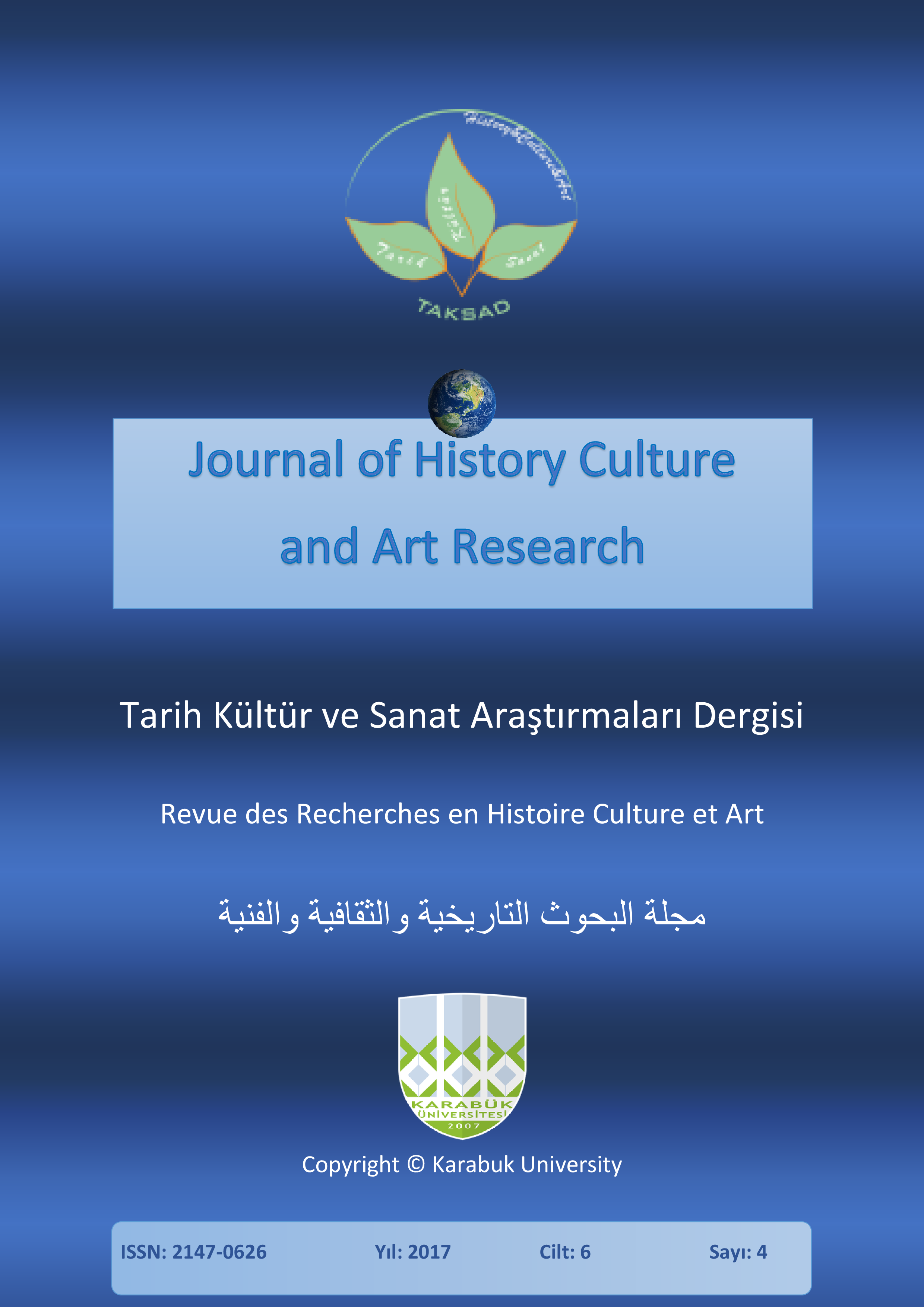Genre Transformation of the Fairy Tale in Contemporary Russian Literature
DOI:
https://doi.org/10.7596/taksad.v6i4.1110Keywords:
Game strategy, Deconstruction, Intertextuality, Situation model, Travestying.Abstract
This research is devoted to some peculiarities of structure and semantics of contemporary Russian fairy tale. The analyzed genre model is quite actual in the literature of modern turn of the centuries. It is actualized in the creativity of L. Petrushevskaya, A. Kabakov, B. Akunin, M. Fray, D. Bykov, etc. This is connected with the universality of themes and problems and the dynamics of structure of genre analyzed. Modern literature process suggests the use of various genre forms (including fairy-tale one) in the context of realization of game strategies of world construction with the deconstruction principle domination. The usage of the most productive for such kind of research methods (structural-semantical and comparative ones) gives grounds for understanding the specifics of realization of deconstruction principle through the variety of forms and meanings. For example, the scheme of “genre memory” is widely used in contemporary fairy tale. If that scheme deals with the sphere of semantics, then structural components are actively deconstructed (e.g. fairy tales by L. Petrushevskaya). If the meaningful fairy tale composition models are actualized, then the semantic component is widely transformed (e.g. Moscow Fairy Tales by A. Kabakov). The most important peculiarity of contemporary fairy tale is the integration of fairy tale, legendary, mythological and literary plots to the one game system. The result of this is on the one hand travestying of the iconic plots, on the other hand achieving the new meanings due to including context mechanisms.
References
Amineva, V. R. (2017). Symbolization as a way of art completion in the story by A. Eniki "Unvoiced testament". XLinguae Journal, 10(1), 12-24.
Amineva, V. R. (2014). "Universal" and "Unique" as the Categories of Comparative Literature. Middle East Journal of Scientific Research, 20(12), 2094-2098.
Barthes, R. (1964). Essais critiques. P.: Seuil.
Barthes, R. (1973). Le Plaisir du texte. P.: Seuil.
Bobileva, A. & Prokhorova, T. (2016). The interaction between the theatrical and fairytale discourses of Yuri Buida's novel "Blue blood". Journal of Language and Literature, ISSN. 2078-0303, 7(3), 206-210.
Kristeva, J. (1969). Recherches pour une semanalyse. P.: Seuil.
Lacan, J. (1966). Ecrits. P.: Seuil.
Lipovetsky, M. N. (1992). Poetics of a literary tale (based on Russian literature of 1920-1980's). Sverdlovsk.
Lotman, Yu. M. (1994) Lotman and the Tartu-Moscow semiotics school. M.
Lyotard, J. F. (1984). Le difterand. P.
Makhnina, N. G. & Shustova, E. V. (2015). Literary reception of Jr. R. R. Tolkien works in the Russian fantasy of the XX-XXI centuries: Variations stage. Social Sciences (Pakistan), 10, 951-955.
Neelov, E. M. (1987). A fairy tale, a fantasy, the present. Petrozavodsk.
Ovchinnikova, L. V. (2001). Russian literary fairy tale of the XX century (History, classification, poetics): the author's abstract. Dissertation for Doctor of Philology: 10.01.01, 10.01.09. Moscow.
Polyakov, M. (1983). In the world of ideas and images. Historical poetics and theory of genres. M.
Propp, V. Ya. (2001). Morphology of the fairy tale. M.
Rudnev, V. (1996). Morphology of reality: A study on the philosophy of the text. Moscow: Russian Phenomenological Society.
Downloads
Published
How to Cite
Issue
Section
License
All papers licensed under Creative Commons 4.0 CC-BY.- Share — copy and redistribute the material in any medium or format
- Adapt — remix, transform, and build upon the material for any purpose, even commercially.
Under the following terms:
Attribution — You must give appropriate credit, provide a link to the license, and indicate if changes were made. You may do so in any reasonable manner, but not in any way that suggests the licensor endorses you or your use.
- No additional restrictions — You may not apply legal terms or technological measures that legally restrict others from doing anything the license permits.







